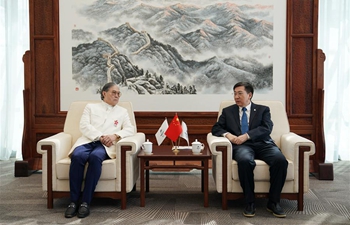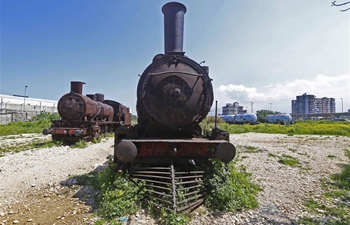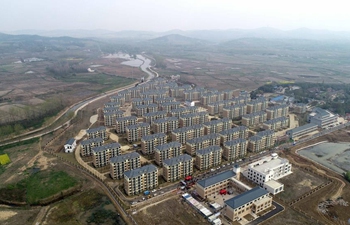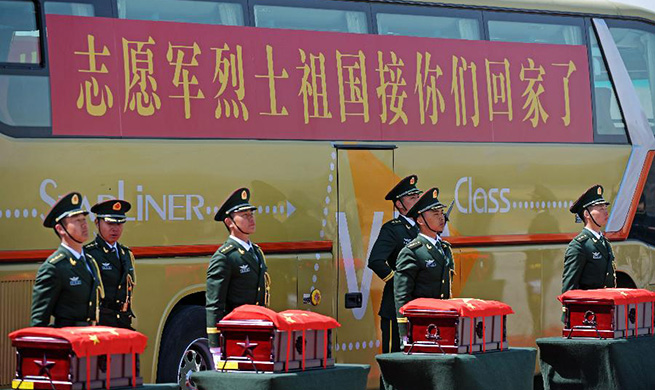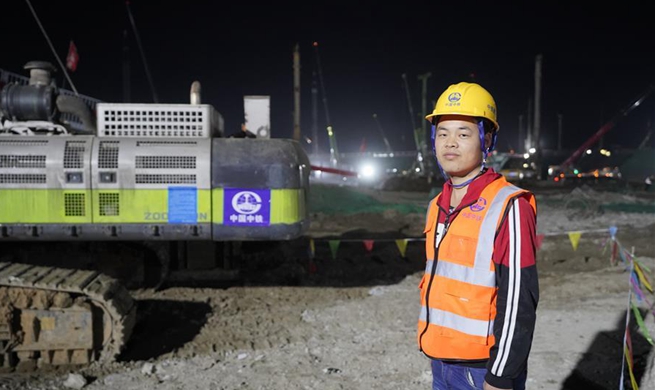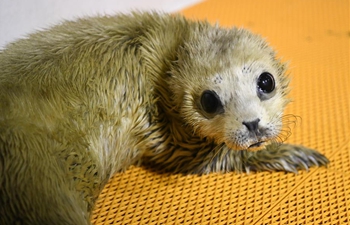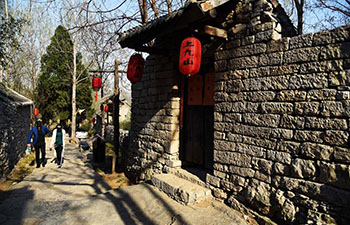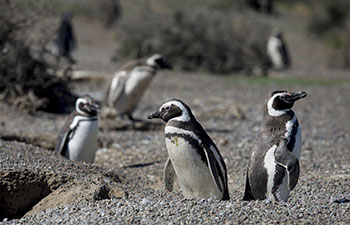PHNOM PENH, April 4 (Xinhua) -- The Chinese-built Lower Sesan II Hydroelectric power station has high responsibility for social and environmental protection, a Cambodian environment official has said.
Located in Stung Treng province's Sesan district in northeast Cambodia, the 400-megawatt dam began operations in December last year after almost five years of construction.
The 781-million-U.S.-dollar project was a joint venture among China's Huaneng Hydrolancang International Energy, Cambodia's Royal Group and Vietnamese EVN International Joint Stock Company.
Eng Phirong, director of Stung Treng Provincial Department of Environment, said the Lower Sesan II Hydropower Company has paid particular attention to environmental protection, complying with all requirements in the Environmental Impact Assessment paper.
"My colleagues and I have visited the hydropower station regularly to inspect the management of solid and liquid wastes and we found that the company has managed them very well," he told Xinhua in a recent interview.
For the liquid waste, the firm has a reservoir to store it for treatment before releasing it into the river, Phirong said.
"We have also taken water samples at the hydropower station for a test at the Ministry of Environment's laboratory, and found that there is nothing changed, the quality of water is good," he said. "In sum, I can say that the company has paid high attention to environmental protection because the quality of water and air there is pretty good."
Apart from keeping environmental protection in mind, the company is also helping preserve fish species at the hydropower station by building a fish pass.
"The fish ladder is very important for fish to migrate across the hydropower station and it will help protect fish species from extinction," Phirong said.
The director said he learned from fishermen that fish population there had remarkably increased since the fish way was created.
"Currently, the hydropower station and its surrounding waters are a huge fish habitat in Stung Treng province," he said.
Phirong said he was impressed by the company's "high responsibility to protect environment" and he praised the company for cooperating well with local authorities at all levels.
"We appreciate their good cooperation with us in the past and we stand ready to continue our good cooperation in the future for the sustainability of our environment for the long run," he said, adding that "we want the company to support us in promoting the awareness of environmental protection in the local community."
Phirong also suggested that, if possible, the company should set up a plant nursery in order to distribute tree seedlings to locals.
The Lower Sesan II Hydroelectric power station is the kingdom's biggest dam so far. Commenting on the green electricity generated by the hydropower station, the director said the dam is vital to ensure energy security in Cambodia and to bring reliable and clean electricity to the local community.
"Now, local residents have lived decently, they own farmland, they have cheap-priced electricity, and they have good roads, schools, health centers, and pagodas," he said. "Overall, their living conditions are far better than before."
